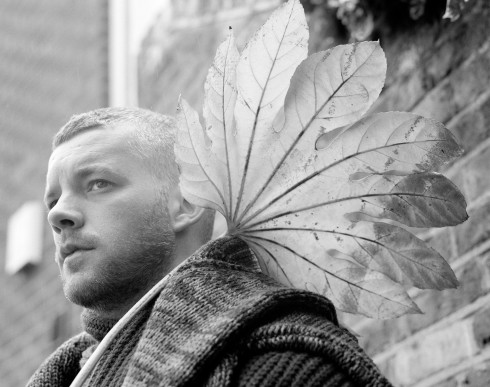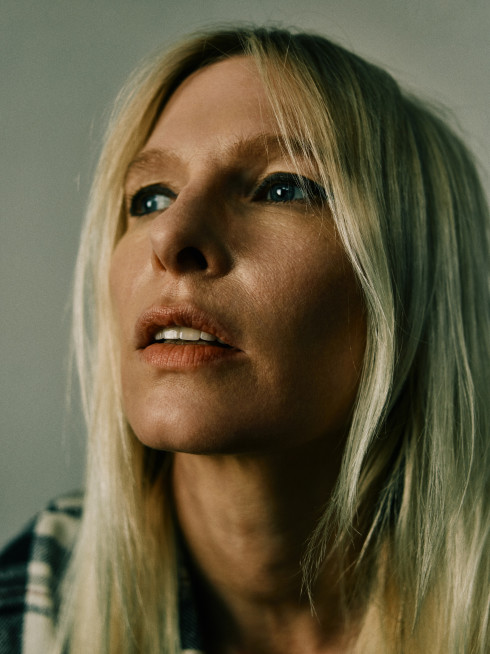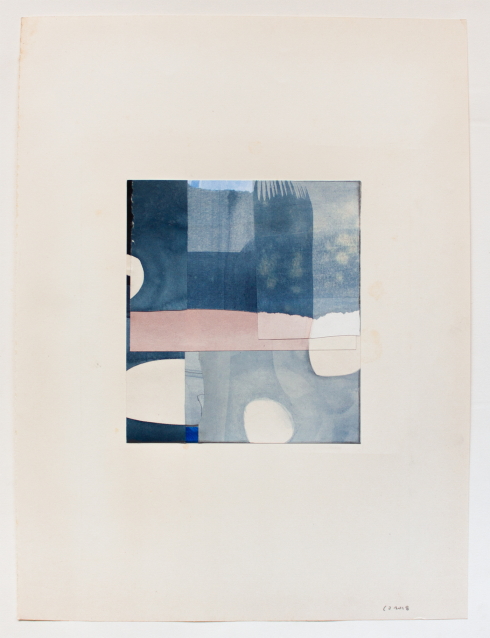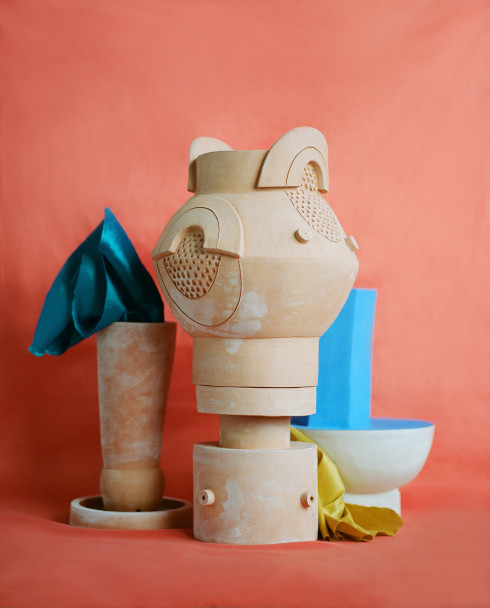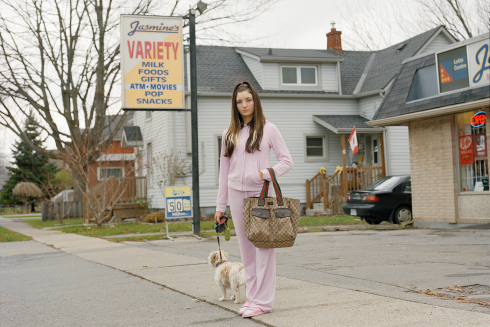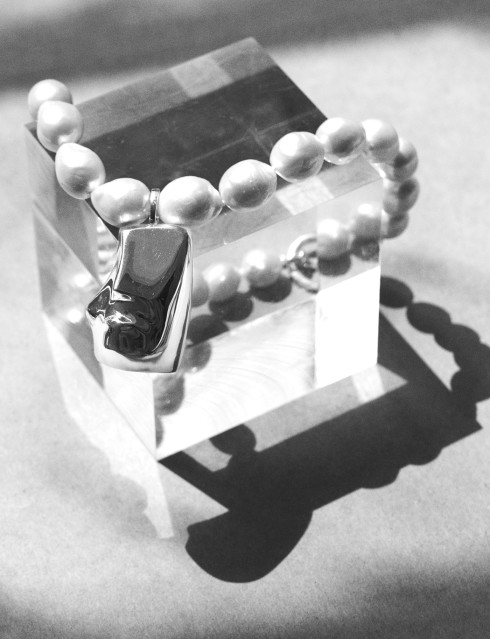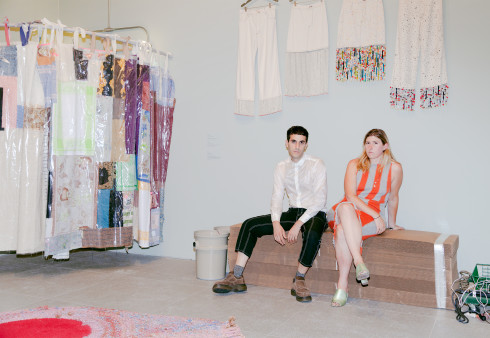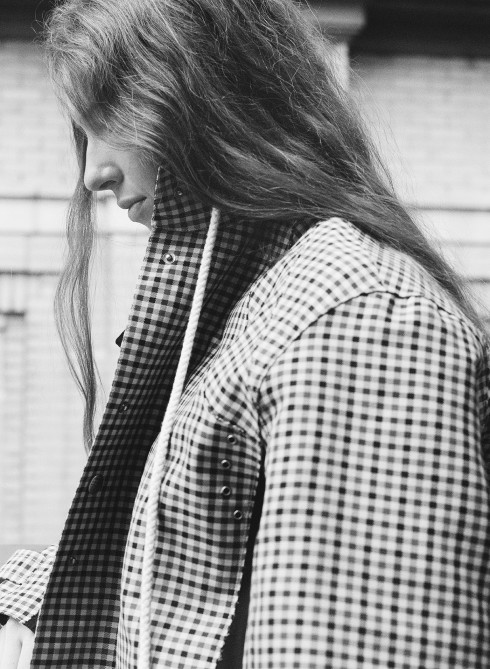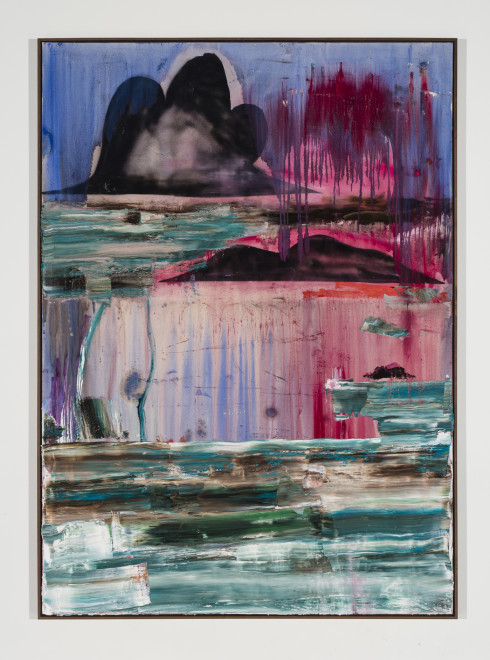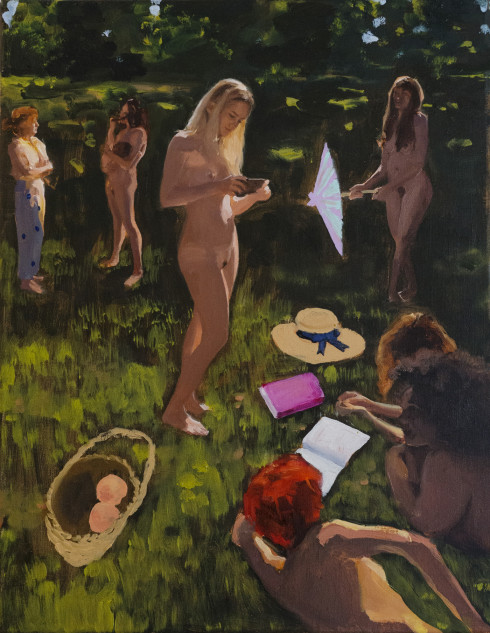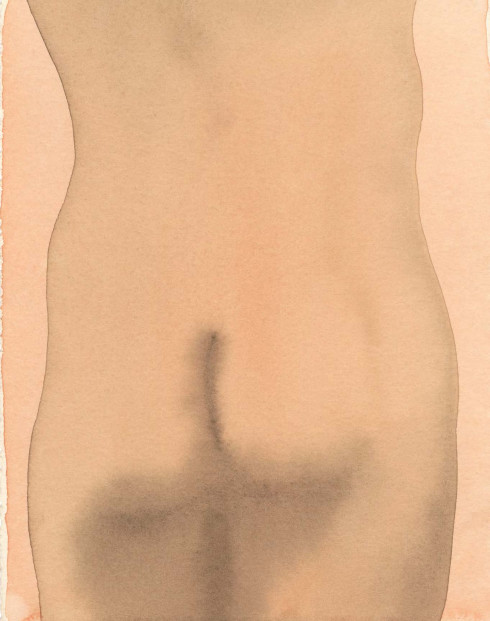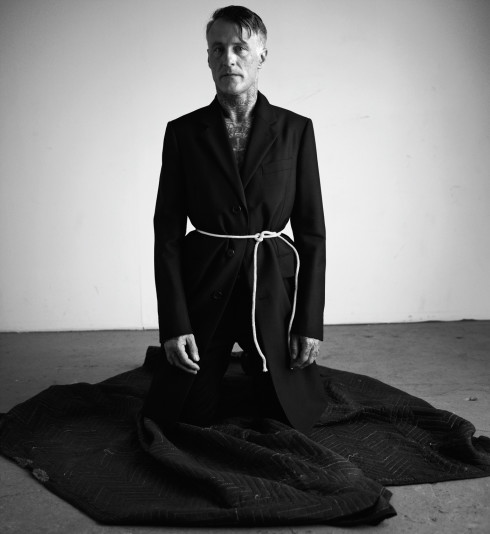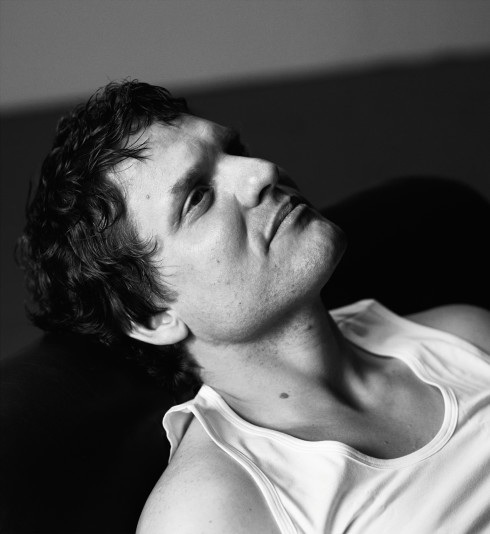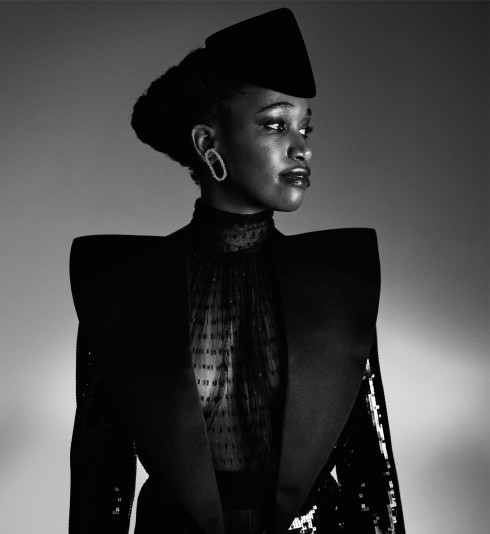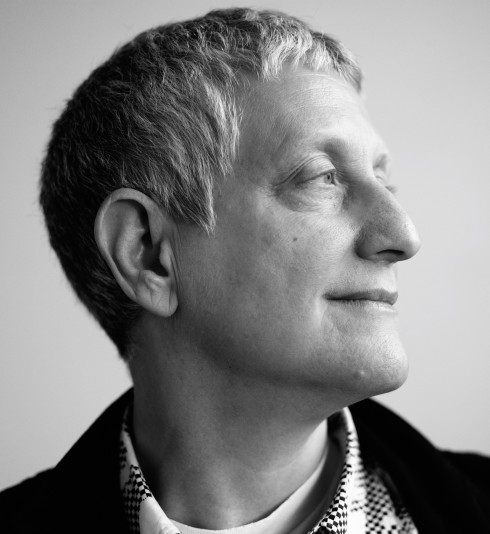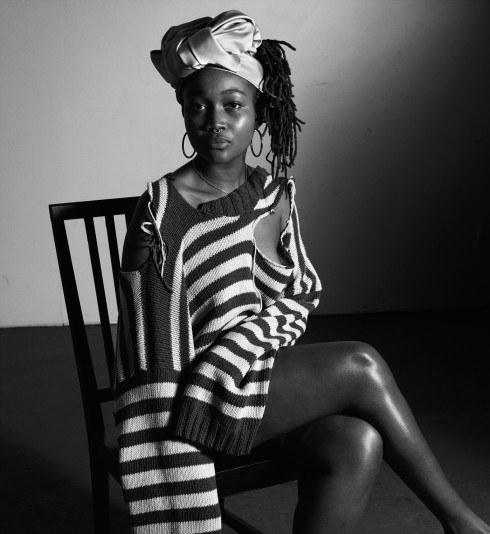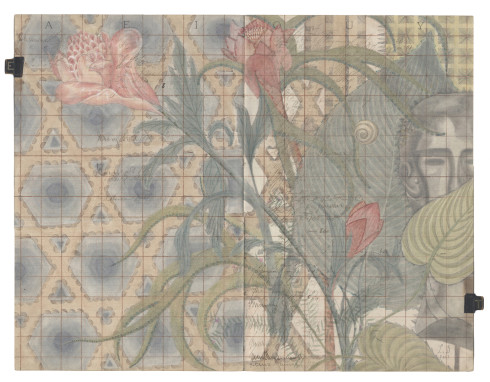
Pieter Vermeersch, untitled, 2013.
PIETER VERMEERSCH
“The image is a kind of cosmic echo for me,” says artist Pieter Vermeersch. It might be a line from Thoreau or the Greek Stoics, and yet, gazing at the transcendent gradients that constitute one of Vermeersch’s paintings, it’s easy to share his poetic sentiment. Vermeersch’s canvases belong to one of the rarest species in the contemporary art world: his large-scale abstractions are driven by a rigorous process that nonetheless manages to yield an arrestingly beautiful end product.
And yet, are they even abstractions? Despite the ethereal airiness of their compositions, Vermeersch’s paintings are quiet wonders of painterly precision. “I’m fascinated with time,” the young Belgian says. “What is its essence? How can I capture that in my work?” Vermeersch originally trained as a photographer, and the central concerns of the photographer’s art— space, color, and above all light—are integral to his paintings. In fact, what appears at first as pure painted color—without form, without figure or ground—is actually a meticulously photorealistic document of nature. Vermeersch seeks to memorialize the most ephemeral type of phenomena: those perfectly irreproducible gradients of light that fill the sky as the day begins or as the last breath of afternoon gives way to dusk.
“I’m interested in the seasons,” Vermeersch admits. “Diurnal cycles. All those devices we use to divide time and make it easier to understand from the perspective of human consciousness.” He works to apply a similar technique to his practice. His large paintings must be completed in a single sitting. He divides the canvas into a grid, creating segments of “divided time,” he says. The finished painting is a document of the many consecutive hours Vermeersch spends mixing the colors and applying them to the canvas. “It makes for a very long day,” he laughs.
Vermeersch was born into an artistic dynasty already in full blossom. His father, Rik, and grandfather, Jose, were both successful artists. His aunt was a textile artist, his uncle a writer. All three of Vermeersch’s siblings are working artists or designers. Remarkably, every Vermeersch has a different æsthetic and medium of choice. Pieter’s youth was spent drawing, copying the styles of his father and grandfather, before he embarked on a series of questions that eventually led him to his current practice. In September, his work hung alongside his siblings’ as part of an exhibition at Belgium’s Grand-Hornu about the legacy of storied artistic families. Shortly after, he showed solo at Carl Freedman Gallery in London.
The fluid way that Vermeersch’s canvases call to attention the relationship between painting and photography places him alongside such twentieth-century luminaries as Gerhard Richter and Vija Celmins, while his fascination with time’s arrow and its impact on the artistic artifact recalls the painterly work of On Kawara. But there is another driving concern at the center of Vermeersch’s work: space and its manipulation.
In addition to his canvases, Vermeersch also works with what he calls “wallpaper one-offs,” vast, site-specific prints that are the result of a very different technical process from the one that he uses to produce his paintings but is certainly no less rigorous. In these works, Vermeersch treats architecture as a kind of canvas, a means of supporting the work. Photos of the installations display the long gradients he applies to the walls and floors of a chosen space, creating delightful perspectival effects. In person, the experience is all the more seductive and disorienting. “I’m interested in using architecture as a vehicle for painting,” he says.
Whether encountered in two dimensions or three, all of Vermeersch’s pieces have one thing in common: a focus on the limitations of human perception and consciousness, the fluidity and brevity of our existence in the river of time, and the artifices we employ to mark the passing of our days. The greatest impact of Vermeersch’s work is that he deftly handles concepts that are so central to the experience of being human with a touch at once both profound and feather-light. It’s a paradoxical approach, almost shamanistic, worthy of a Zen koan.
Beginnings, becoming, the ebb and flow of transformation—the mysterious processes of time are at the heart of Vermeersch’s practice. “There are many ways of seeing, of perceiving time,” he says. “I’m interested in looking more closely at those different types of focus.”
Photography by Isabel Asha Penzlien. All images courtesy of the artist and team (gallery, inc.), New York.
Kevin Greenberg is the art editor of The Last Magazine. He is also a practicing architect and the principal of Space Exploration, an integrated architecture and interior design firm located in New York. In addition to his work for The Last Magazine, Kevin is an editor of PIN-UP, a semi-annual “magazine for architectural entertainment.”



